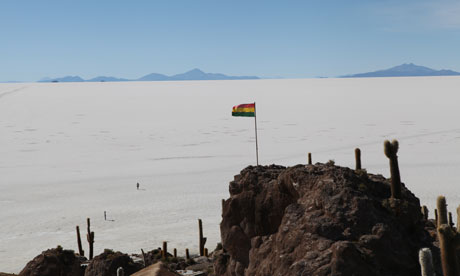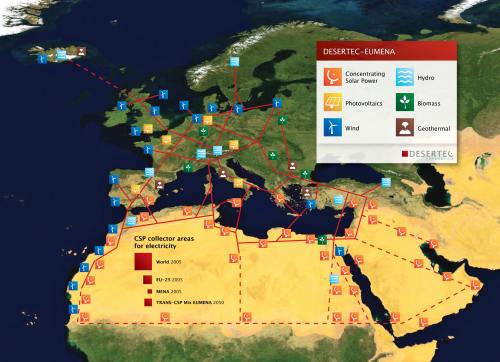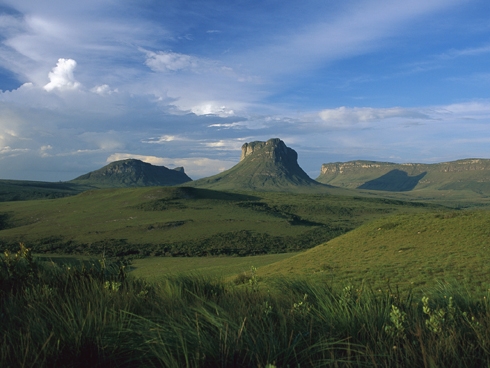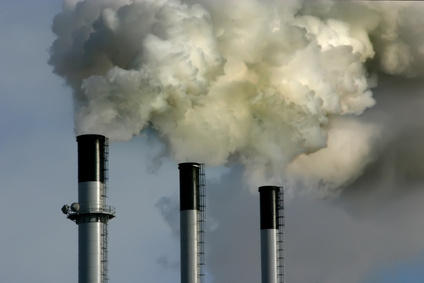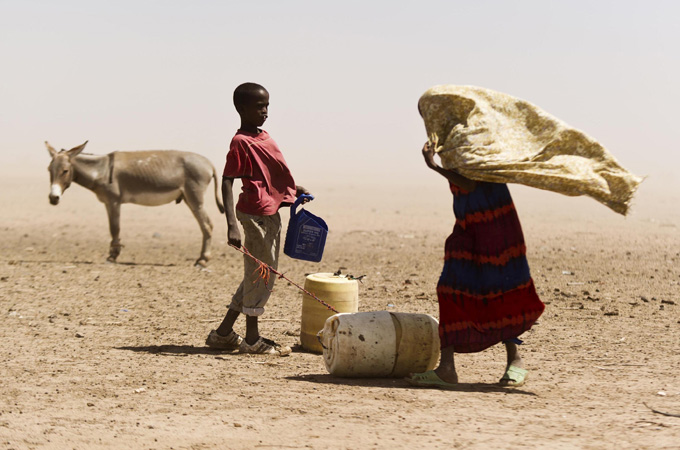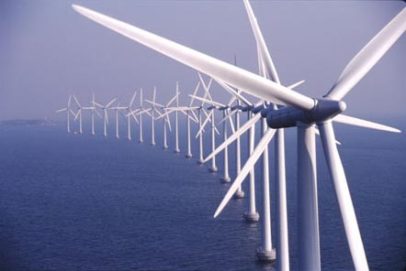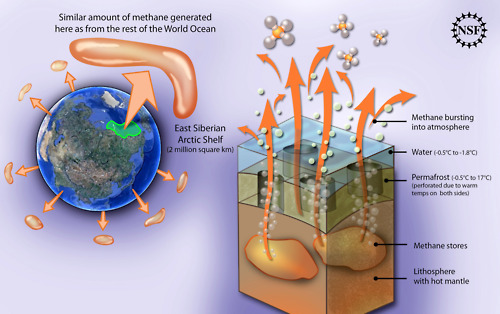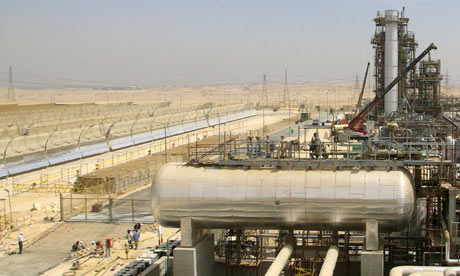2011
Submitted by ward on
Could Asia have its own supergrid?
Submitted by ward on
State of the world: U.N. poverty-reduction goals on track
Submitted by ward on
Fears rise of food shortages in West Africa
Submitted by ward on
EU study: clean energy costs no more in long run
Submitted by ward on
Shock as retreat of Arctic sea ice releases deadly greenhouse gas
Submitted by ward on
Could the desert sun power the world?
Submitted by ward on
UN: Global Access to Drinking Water Grows, But Poorest Falling Behind
Submitted by ward on



